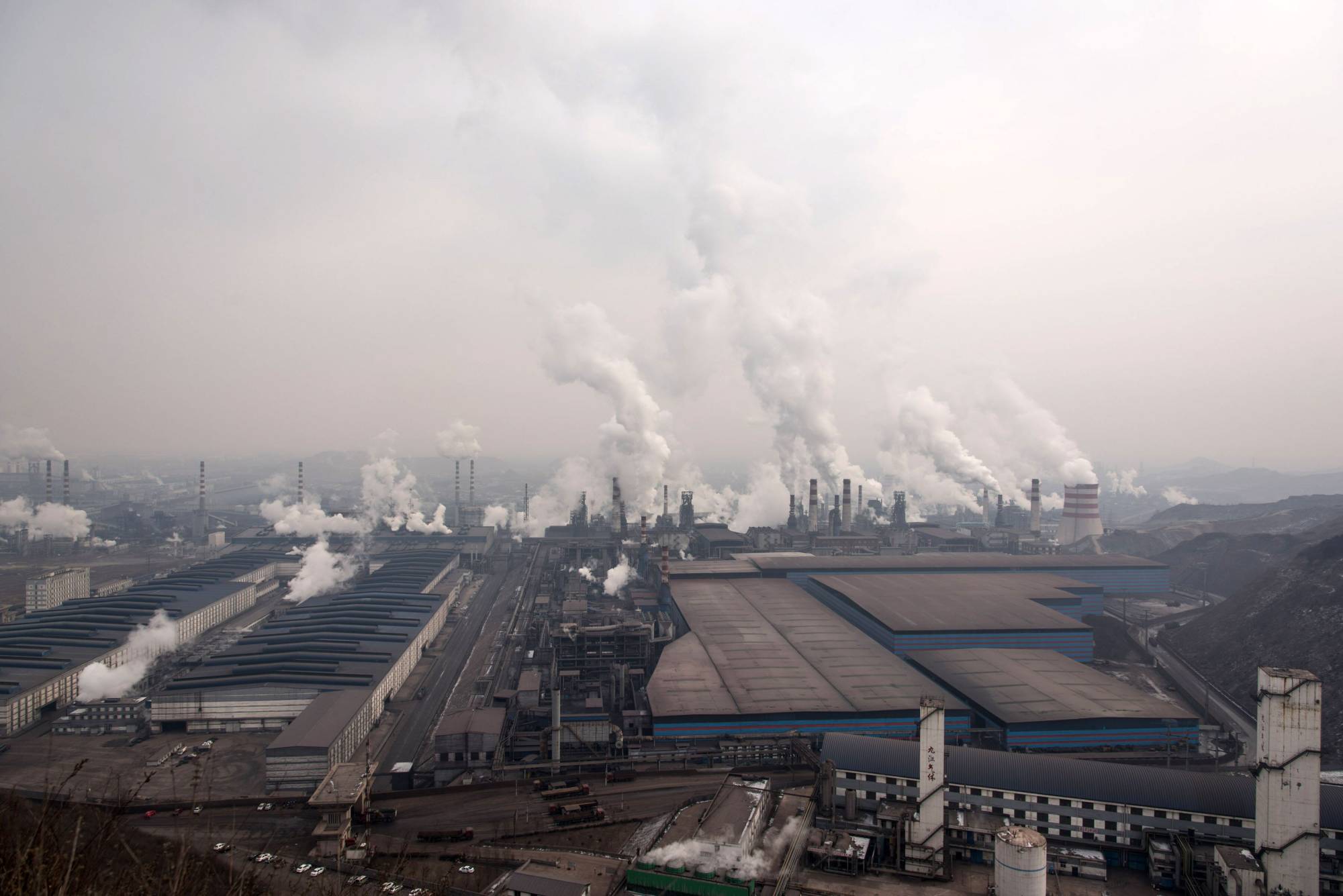An upcoming EU carbon border tax will have disparate impacts across Asia, but will likely set the tone for increased scrutiny going forward.
Carbon dioxide emissions from manufacturing have a major impact on global warming. To help tackle that, the European Union’s Carbon Border Adjustment Mechanism (CBAM), which will come into force in October, will tax goods — such as cement, iron and steel, and fertilizers — that require carbon-intensive production at a higher rate.
Those goods deemed at risk of “carbon leakage,” where businesses transfer production to other countries with more lax emission rules, will aso face greater scrutiny.



















With your current subscription plan you can comment on stories. However, before writing your first comment, please create a display name in the Profile section of your subscriber account page.